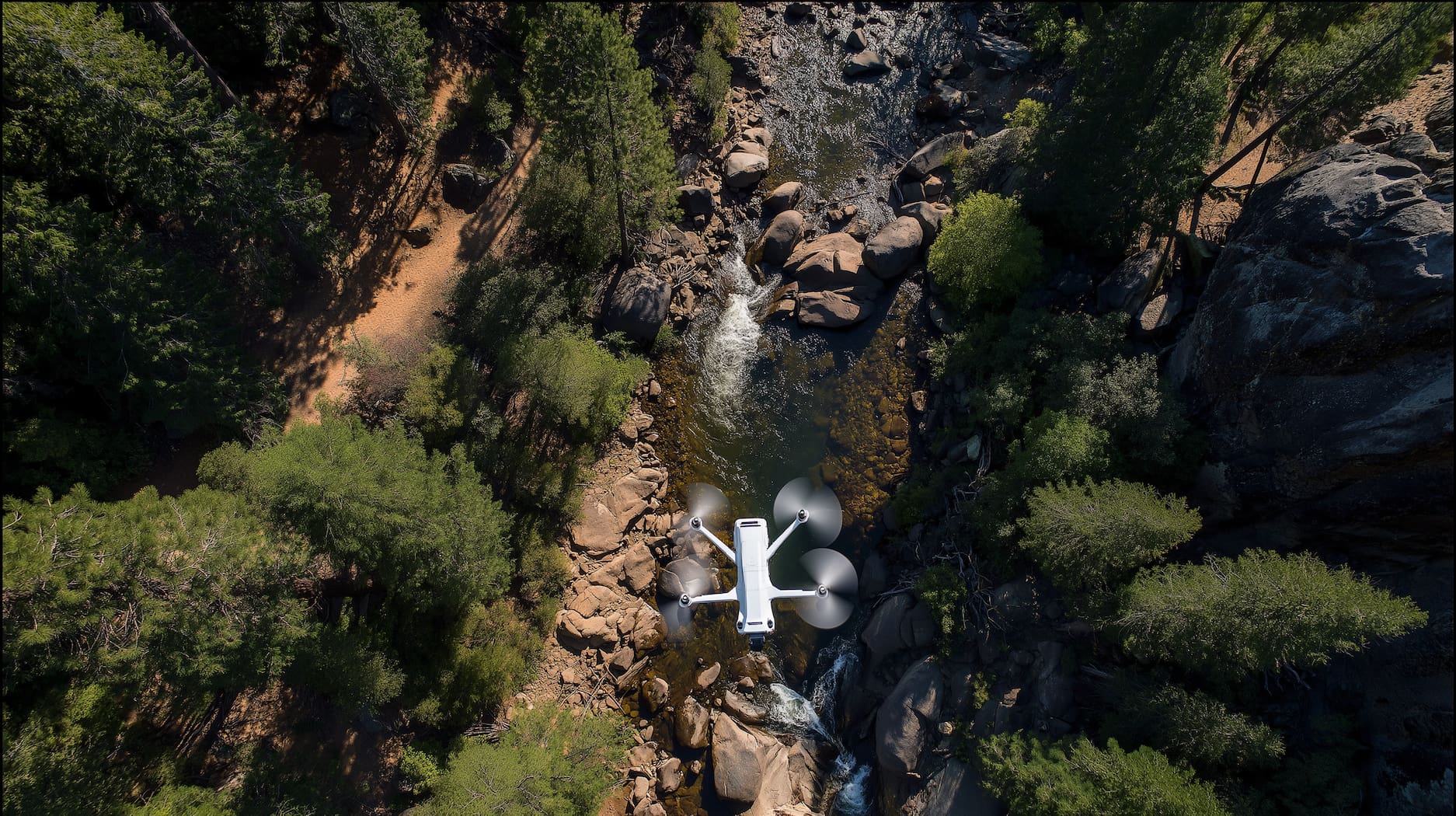
Moon Race Heats Up, Starlink Hits 300 Launches, and Mars Life Clues – Space News Roundup (Sept 13–14, 2025)
Key Facts Civil Space Programs: ISS Resupply & Exploration The weekend saw robust support for the International Space Station from multiple partners. Northrop Grumman’s latest cargo mission, NG-23, thundered off Launch Complex 40 at Cape Canaveral on Sunday evening (Sept. 14). Packed










